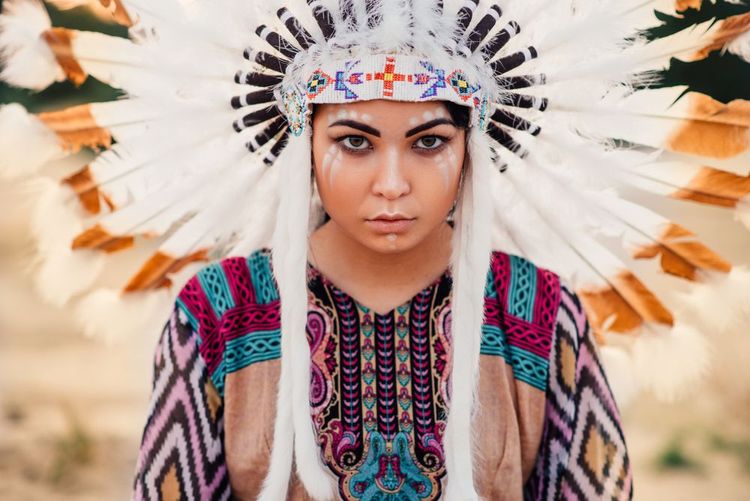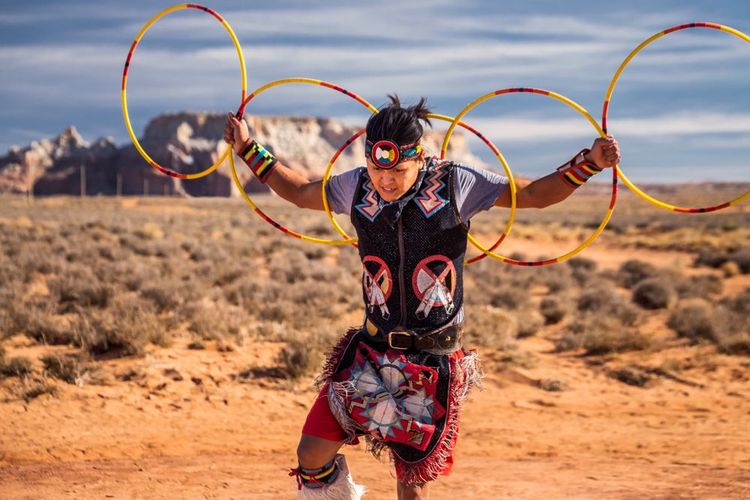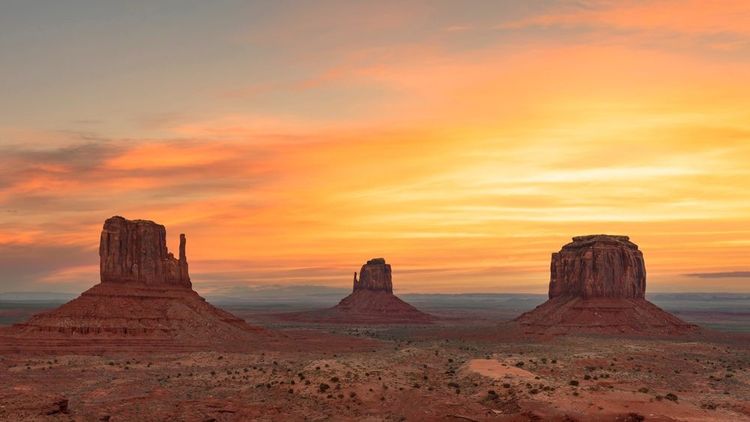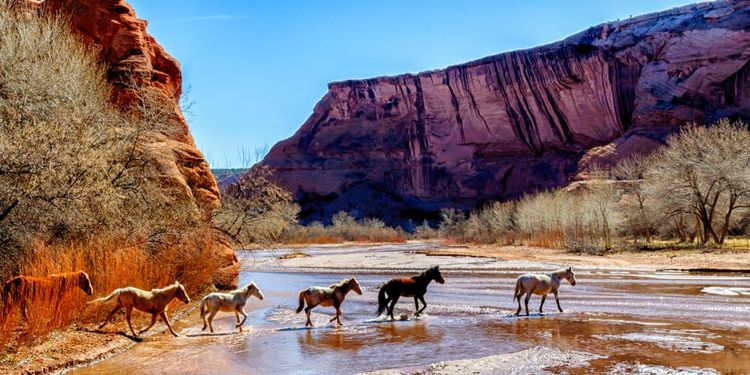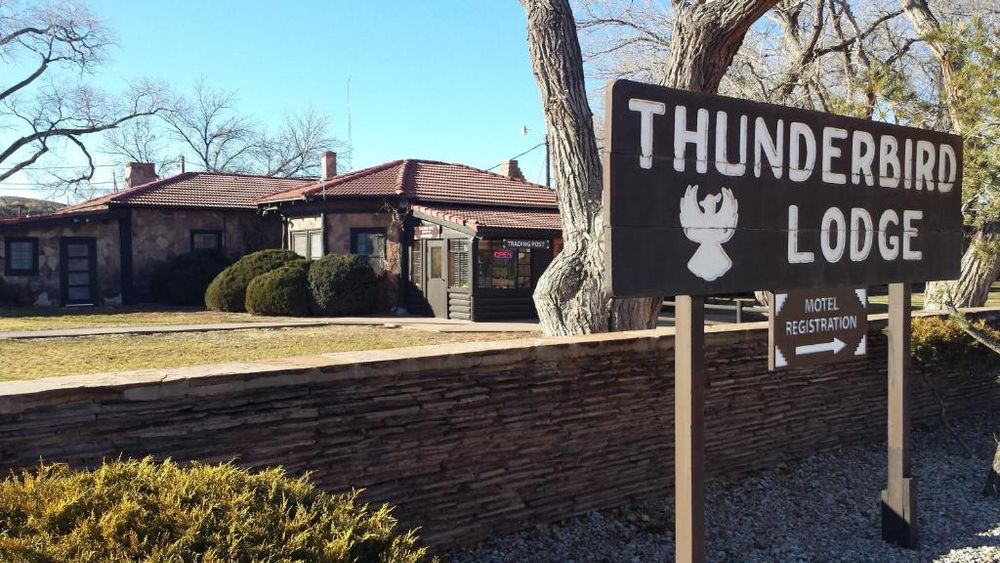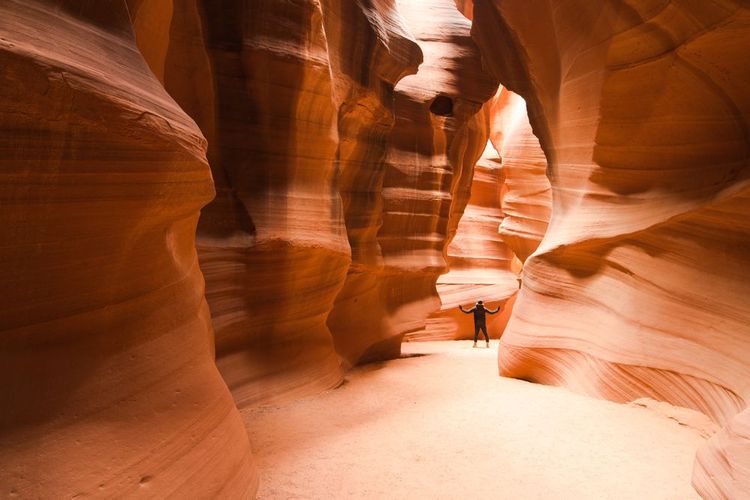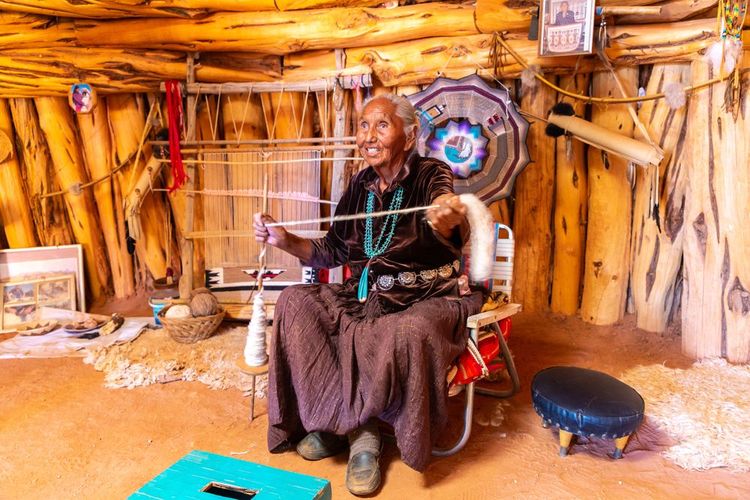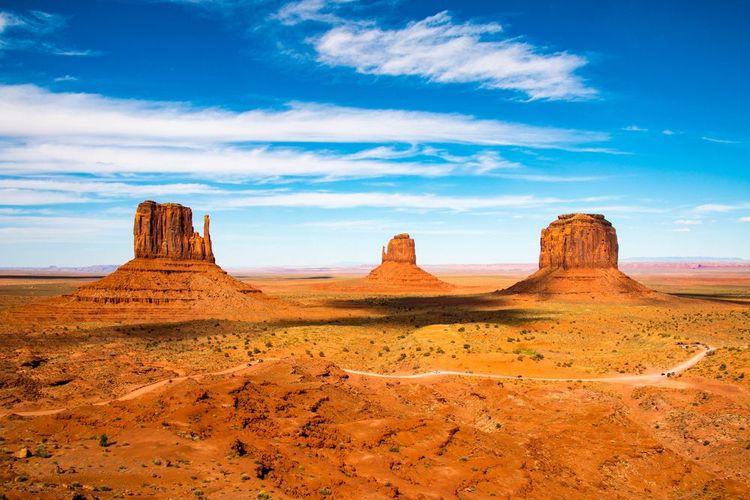An Amerindian people who settled in the reserves of Arizona in the United States, the Navajo crossed the present-day Bering Strait via Alaska. They arrived in their current region between the 15th and 16th centuries. Also known as the Diné, America's largest tribe was hunted down and torn apart.
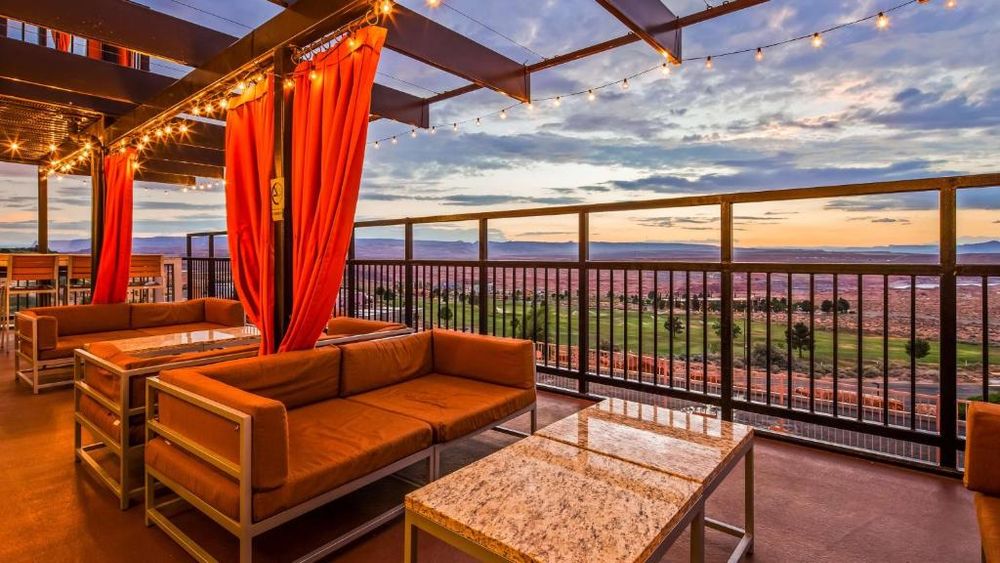 The American Canyons
The American Canyons
